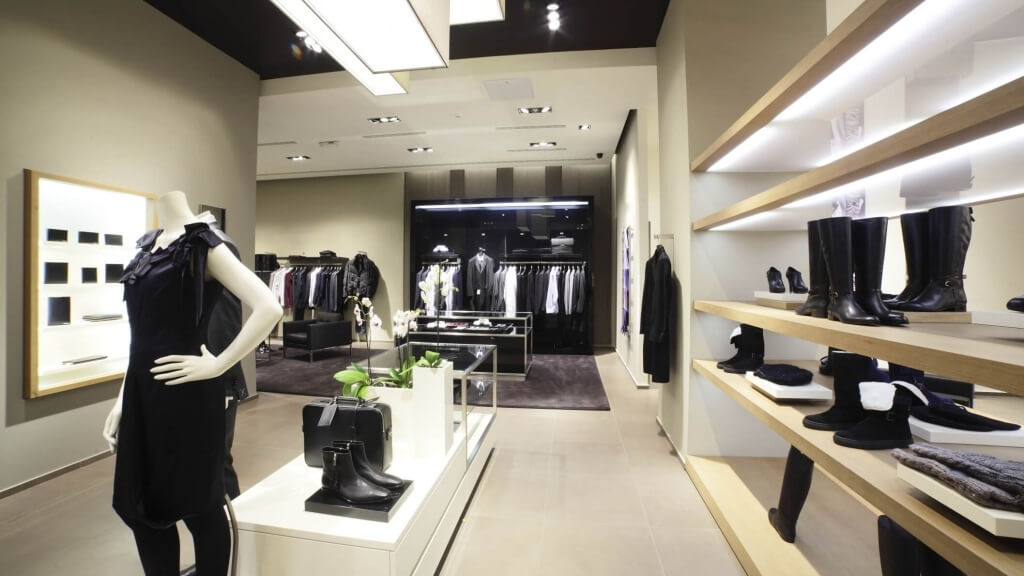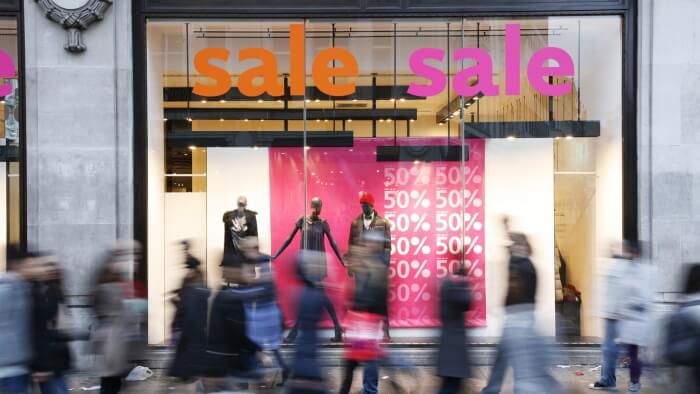Online will never replace in-store, says web expert Marc Schillaci - it'll just make bricks and mortar a lot better for customers.
Want To Sell Online? Get A High Street Shop
Online will never replace in-store, says web expert Marc Schillaci - it'll just make bricks and mortar a lot better for customers.

The role of the bricks and mortar stores has changed considerably in recent years. The offline channel has become a real asset to online businesses as consumers become savvy, intelligent and well-informed shoppers and more so, demanding in their buying journey.
Their needs and habits have changed with the advent of new technologies. They will use price comparison sites, mobile apps in-store and research products before buying. They are much more likely to seek pre-purchase information via a brand’s websites, social networks and on forums.
"Online stores will never completely replace physical stores"
Hybrid buying journeys are now a reality for consumers: flipping between the benefits of buying online and those in-store. The goal for businesses is to complement online with offline and vice versa, without one replacing the other.
Econsultancy even noted how digital is a channel that many businesses are investing in; 60% are integrating mobile device strategies into their global marketing strategy in order to simplify the buying journey.
The impact of webrooming on business strategies
Webrooming (the act of researching online and later purchasing in-store) is swiftly becoming the norm for consumers. These hybrid buying journeys from showrooming, researching in-store to buying online are growing in popularity because they meet real needs: they enable consumers to know if the product they want is sold in-store - is still in stock - is cheaper online.
The dilemma for businesses is how to incorporate this into their cross-channel strategy. How to offer a fluid and flexible shopping experience if your distribution channels are not connected via a single, shared, platform.
Physical points of sale: a serious advantage for ecommerce
Ecommerce has grown at breakneck speed, which in turn reduced the number of in-store sales and also resulted in a reduction of sales staff. In reducing the salesforce, shops have lost their USP in regard to Ecommerce, as they can no longer offer a truly enjoyable shopping experience, as in-store care and customer service are limited.
Physical stores have significant value, although it’s often poorly exploited by retailers. For consumers, online stores will never completely replace physical stores. Many consumers will always want to be able to touch, see or try the products before buying. What’s more, ecommerce shipping costs are sometimes high compared to the price of the product, which can hamper online shopping.
It’s also common knowledge that consumers don’t want to wait, they want their products immediately and instantly, delivery times can therefore become a barrier to online sales. Econsultancy found 50% of shoppers abandon their carts if they aren’t happy with the delivery costs and 25% are interested by click-and-collect.
Customer service also plays a huge role, where in-store staff members are much more approachable. This allows customers to be reassured that if there’s a problem with their purchase, they have a physical point-of-contact, where that infamous catchphrase ‘I want to talk to a human being!’ becomes apparent.
The businesses that integrate their offline channels with their online strategy will be the real winners in the future. Ecommerce leaders are already on the case, for example Amazon with its ‘Locker’ service, across 11 UK towns, where you can receive and return Amazon packages.
Digital content in-store, to improve the customer experience
The principle of utilising digital content in-store means the consumer has the advantages of a traditional shopping outlet whilst enriching the experience by using the best of ecommerce.
Verifone noted how this trend reflects the expectations of consumers who now want retailers to offer an enhanced shopping experience and consistency across their distribution channels. Partial to the mode of showrooming, Econsultancy found that 57% of smartphone users will showroom during their shopping trips.
Consumers want informed shopping experiences, they are checking out products online before heading to the shops. If your store isn’t online, they’ll be heading to your competitor’s website.
A waste of site traffic when there are tools that are easy to set up, such as ‘Google My Business’ or ‘Local Awareness Ads’ (Facebook) that let you advertise your physical store online. Where most of these tools can be found for free, there leaves little excuse for companies not to engage and integrate them in their business strategies.
Using digital content in a physical store is a great way to better understand your customers and therefore advise them more efficiently. Some retailers in the US are already starting to offer customers the option of choosing their products online and then going in-store to try them (Lululemon, Neiman Marcus, etc).
The sales assistants then have instant access to customer profiles and customer needs, allowing them to prepare their sales pitch, USPs and recommend complementary products to customers when they visit the store.
There is a real need to implement cross-channel distribution strategies. The future belongs to companies that have a cohesive multichannel distribution, where each channel is connected to a single customer base, a single management software, a single stock, a unique marketing platform and so on.
These elements will allow businesses to build a truly digitised store which provides the customer with a smooth and intrinsically enjoyable buying experience.
Marc Schillaci, CEO and Founder of Actinic (Part of the Oxatis Group)
Thanks for signing up to Minutehack alerts.
Brilliant editorials heading your way soon.
Okay, Thanks!



